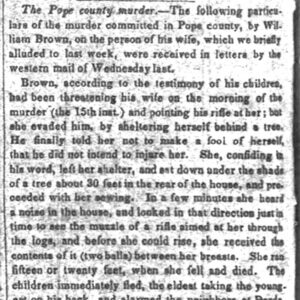 Brown Execution Story
Brown Execution Story
Entry Category: Law
 Brown Execution Story
Brown Execution Story
Brown, Barney (Murder of)
Brown, Frank (Lynching of)
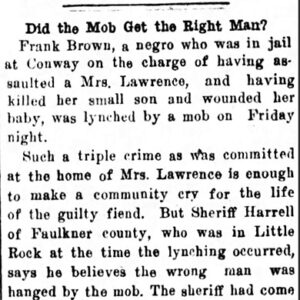 Brown Lynching Article
Brown Lynching Article
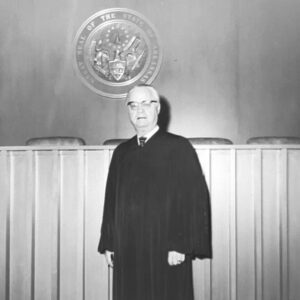 Lyle Brown
Lyle Brown
Brown, Lyle
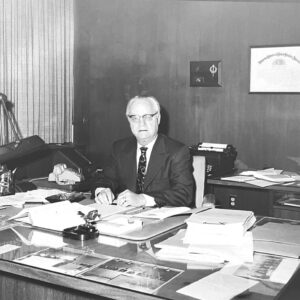 Lyle Brown at Desk
Lyle Brown at Desk
Brown, Robert Laidlaw (Bob)
Brown, Whit (Execution of)
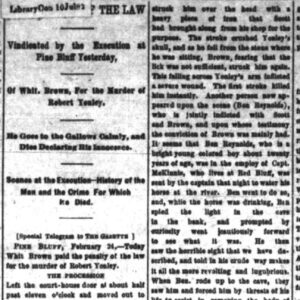 Whit Brown Execution Story
Whit Brown Execution Story
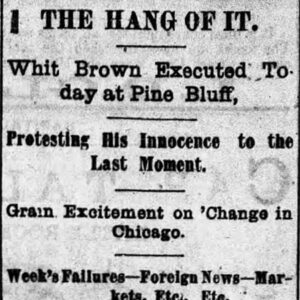 Whit Brown Execution Story
Whit Brown Execution Story
 Whit Brown Execution Story
Whit Brown Execution Story
Brown, William (Execution of)
 Harve Bruce Conviction Article
Harve Bruce Conviction Article
Bruce, William Harvey (Harve)
 Stephen Brundidge
Stephen Brundidge
Brundidge, Stephen, Jr.
Brushy Island Riots of 1915–1917
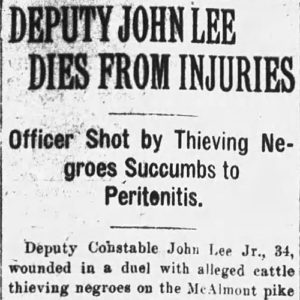 Brushy Island Riots Story
Brushy Island Riots Story
 Bryant and Nelson
Bryant and Nelson
 Winston Bryant
Winston Bryant
Bryant, John Winston
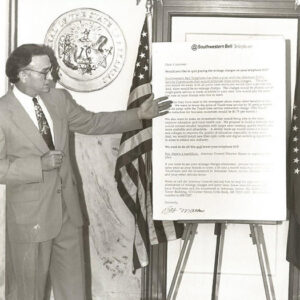 Winston Bryant
Winston Bryant
Bryson (Lynching of)
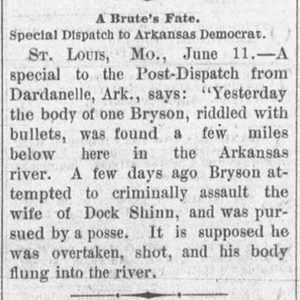 Bryson Lynching Article
Bryson Lynching Article
Bullfrog Valley Gang
Bunn, Henry Gaston
Burgess, Franklin
Burnett Family (Executions of)
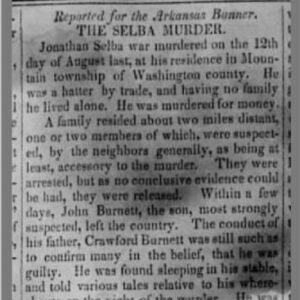 Burnett Family Execution Story
Burnett Family Execution Story
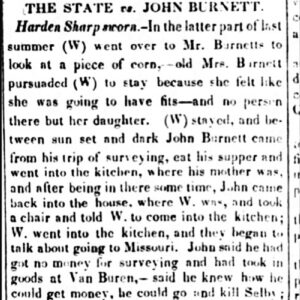 Burnett Trial Story
Burnett Trial Story
Burnett, Henry (Execution of)
 Henry Burnett Execution Story
Henry Burnett Execution Story
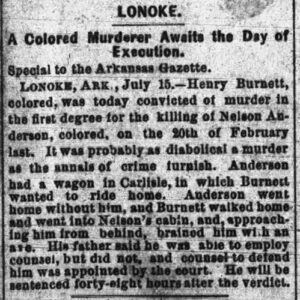 Henry Burnett Execution Story
Henry Burnett Execution Story
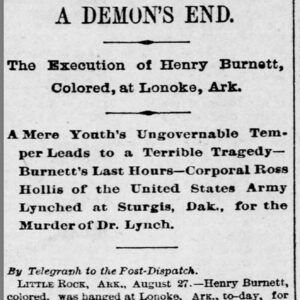 Henry Burnett Execution Story
Henry Burnett Execution Story
Burrow v. Pocahontas School District
Burton-Aikin Feud
 Richard Butler
Richard Butler
Butler, Richard Colburn III
Butler, Richard Colburn, Sr.
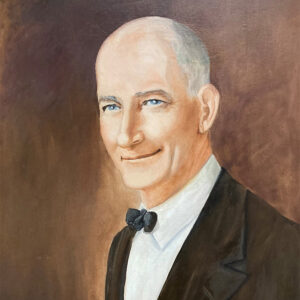 Turner Butler
Turner Butler
Butler, Turner
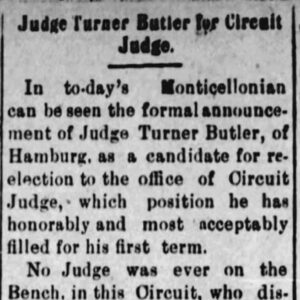 Turner Butler Candidacy Story
Turner Butler Candidacy Story
Butlerville Lynching of 1882
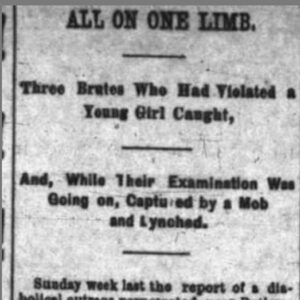 Butlerville Lynching Article
Butlerville Lynching Article
Byrd, Conley F
 Zallie C. Cadle Lynching Article
Zallie C. Cadle Lynching Article
Cadle, Zallie C. (Lynching of)
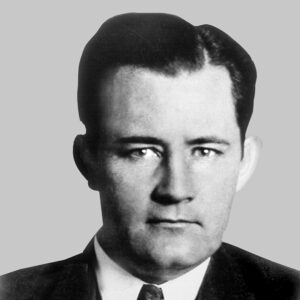 Raymond J. Caffrey
Raymond J. Caffrey




